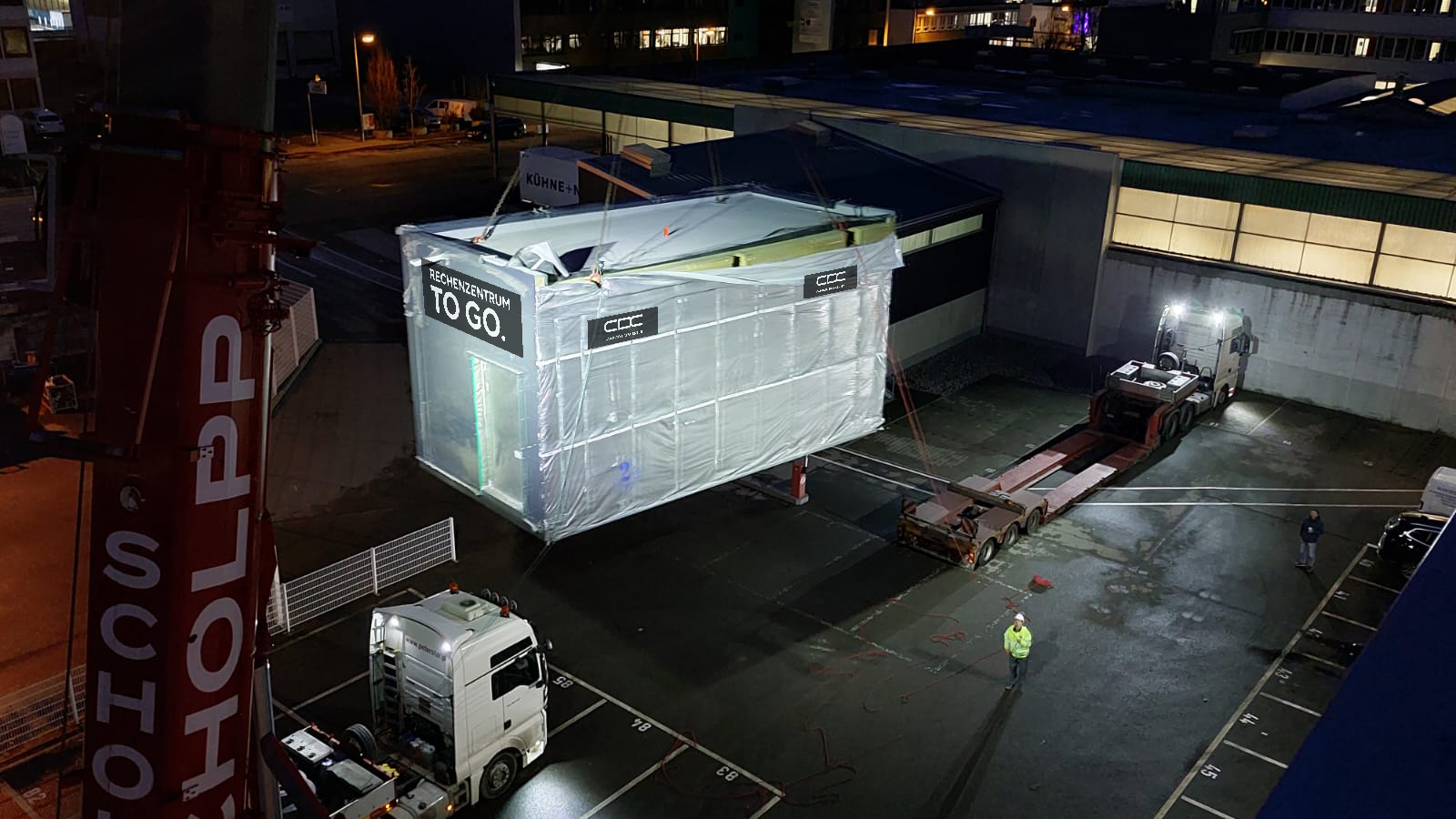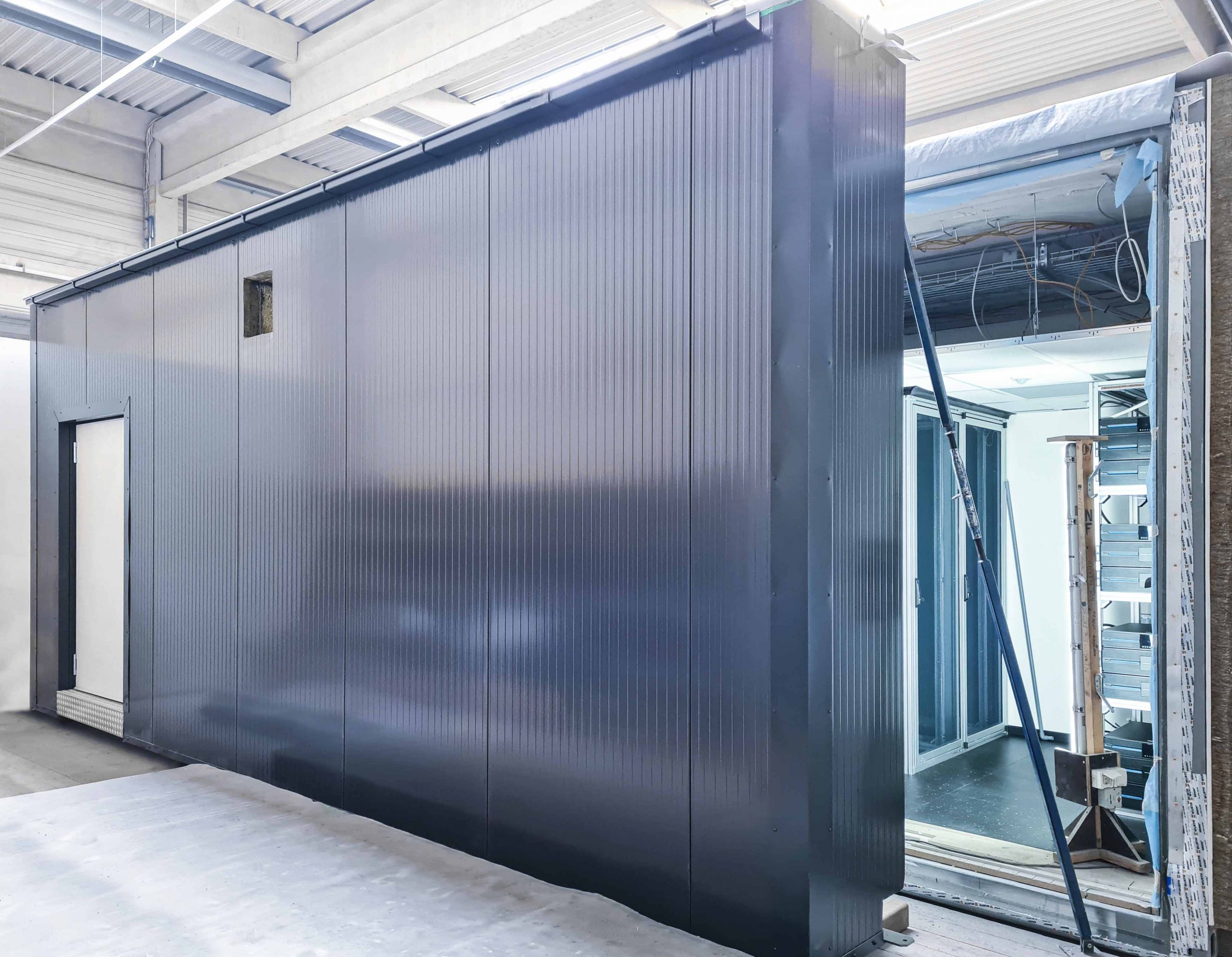On 21 September 2023, the Bundestag adopted Germany’s Energy Efficiency Act. New regulations and energy efficiency targets will apply from 2024 and will be tightened up further in the years to come. Data centre operators are especially affected as IT systems generate lots of waste heat. What do the new regulations cover and what does it mean for you?
Clear rules for the future
The Energy Efficiency Act will provide clear statutory guidance on how energy efficiency must be extended in companies and in government buildings at local and federal state level. For the first time, provision has also been made for specific, defined efficiency standards for data centres. Operators must observe these in the future in order to offset their high levels of energy consumption.
Robert Habeck, Federal Minister for the Economy and Climate Protection has commented on the adoption of the Energy Efficiency Act (EEA), “with the EEA we are creating a clear statutory framework for greater energy efficiency for the first time.”
The most important aspects and specific plans of the Energy Efficiency Act relate to:
- Energy efficiency in German up to 2030 and beyond
- Federal and state government energy-saving obligations
- The public sector must show the way in energy savings
- Introduction of energy and environmental management systems for businesses
- Energy efficiency and waste heat requirements for data centres
- Avoiding and reusing waste heat
The legislation is based on the EU’s Energy Efficiency Directive (EED).
What do data centre operators need to do to prepare for the Energy Efficiency Act?
The EU’s EED provides the direct basis for the Energy Efficiency Act, requiring data centre operators to act from January 2024. For example, the EU requirements mean that better use must be made of waste heat.
Data centres must also ensure that a specific proportion of their energy supply comes from renewable sources. Penalties can be imposed on operators that do not meet these requirements. From 2024, data centres must use renewable energy for 50 percent of their power requirement. And from 2027, the Energy Efficiency Act demands that data centres must operate entirely on energy from renewables.
Energy consumption information must be recorded in public registers. In addition, customers have the right to demand documented reports showing the energy consumption of their equipment in the data centre. This means that it will be mandatory to integrate energy and environmental management systems into the data centre.
The EEA stipulates that planned new data centre designs that enter into operation before 1 July 2026 must show a PUE that does not exceed 1.5 after 1 July 2027. By 2030, these data centres must be optimised so that their PUE is no more than 1.3. Data centres that start operating after 1 July 2026 are not permitted to exceed this maximum level right from the start.
There are also new regulations regarding waste heat. New data centres that start operation after 1 July 2026 must have an ERF (Energy Reuse Factor) of at least 10 percent. A year later, waste heat reuse must equate to an ERF of no less than 15 percent. And in 2028 this rises to 20 percent.
You are advised to start the process of getting to grips with green IT now so that you are ready to comply with the new regulations.






